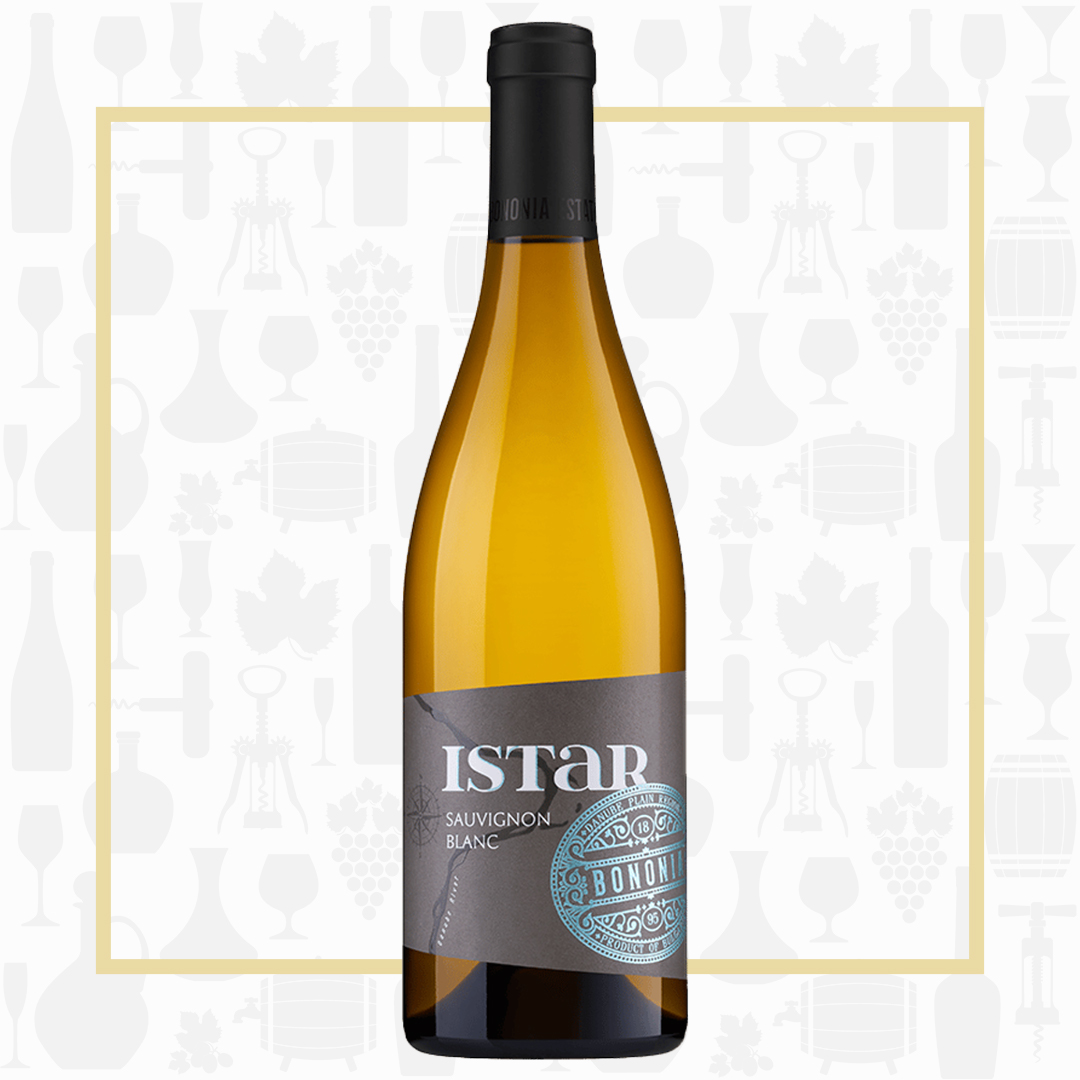Cellar Profile
Nestled along the banks of the Danube River, Bononia Estate is named for the ancient Roman Fortress that occupied the spot now known as the town of Vidin, where Roman armies brought vines for the cultivation of wine grapes. After careful soil analysis, the area was replanted to grape in 2013 and the first vintage was produced in 2016. The Danube River appellation of Bulgaria is a moderate to cool region, with warm, dry days and cold evenings during the growing season. This large diurnal shift, coupled with breezes from the Danube, allows for ecological viticulture. Utilizing organic practices in tandem with technological advances and a keen eye for sustainability, Bononia Estate crafts nervy, fruit-forward and balanced wines, focusing on Chardonnay, Sauvignon Blanc, Cabernet Sauvignon, Cabernet Franc and the exciting, vibrant, autochthonous local varietal, Gamza. Bulgarian wine has long been eschewed by “serious” wine drinkers as cheap, cheerful and forgettable. However, Bononia is part of the modern landscape of Bulgarian winemaking, with a focus on fine wines as opposed to bulk production, and the wine world is beginning to take notice! The Estate made the World’s Best Vineyards TOP 100 list in 2024.
Region
There are only two wine growing regions in Bulgaria: the Thracian Lowlands and the Danubian Plain. The latter lies south of the iconic Danube River, with the Black Sea to the East and Serbia and Macedonia to the West. The region enjoys as many sunlight hours during the growing season as Northern Italy and Portugal, allowing for full ripening of both international and indigenous varieties. The movement of the Danube River, as well as the influence of the Black Sea, moderate heat during the day and keep the evenings cool, ensuring brilliant acid levels in the wines. The yields are remarkably small in Bulgaria, with an average of only 4.3 tons/ha. By comparison, the US averages 18 tons/ha. Jancis Robinson has noted the exceptional potential of this northwestern part of Bulgaria and the wine world is starting to pay attention.
Vineyard
Planted in 2013 utilizing the Guyot training system, these vineyards are strategically placed just south of the Danube, along its banks. The fast flowing water accompanying breezes keep the grapes cool and dry during the growing season. The soil has great drainage and is composed of dark loam created by the ancient forests surrounding the region. These are true cool climate vineyards, so canopy management is key to ensuring the grapes get enough sunlight.
Winemaking
Manually harvested grapes are de-stemmed, hand-sorted and whole bunch pressed into stainless steel. The juice is fermented using yeasts selected to highlight varietal character. Temperature control is used to inhibit the onset of malolactic conversion — to keep that nervy Sauvignon Blanc acidity in the wine — before it is bottled young and vivacious.
Varieties
Sauvignon Blanc originates from the French regions of Loire Valley and Bordeaux. The grape most likely gets its name from the French words sauvage (“wild”) and blanc (“white”) due to its early origins as an indigenous grape in South West France. Sauvignon Blanc often buds late but ripens early, which allows it to perform well in sunny climates when not exposed to overwhelming heat. Sauvignon Blanc grows in nearly every wine making region on earth and is produced in a variety of methods resulting in a wide spectrum of styles that range from lean to bountiful. It is a popular and unmistakable white that is loved for its “green” herbal flavors and inherently high acidity.
Tasting Notes
Bursting with aromas of gooseberry, white flowers, honeydew melon and fresh cut grass. The palate is surprisingly rich, but the acidity is vibrant. There is some minerality mixed in with lemon-lime, pink grapefruit and citrus. Crisp and refreshing, this wine would make a perfect patio sipper or can pair with Camembert, summer salads or a turkey burger.

